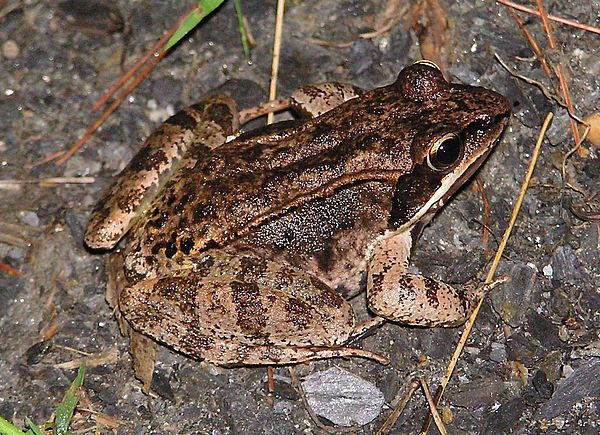If you’ve been out for a walk near woods and wetlands in the past few weeks, you may have heard a noise that sounds a bit like a clucking chicken or duck.
Likely it is the call of the male wood frog. Think of it as an all-male frog chorus where they are announcing their availability to females. Males usually outnumber females 2-to-1, which may explain why the sound you hear is so loud.
Wood frogs have tolerance to extreme cold – they are even found north of the Arctic Circle – which makes them among the first species of frogs to begin mating in the spring.
On a rainy night, something triggers a mass migration from their woodland habitat to freshwater wetlands or vernal pools. The 3-inch male cannot actually identify females by sight or smell. They have to “hug” another wood frog to determine its sex.
After mating, the female lays her eggs in the water and both male and female then return to the relative safety of the woods.
Many Greenbelt properties have wetlands or vernal pools where you may hear this “sound of spring.” Among them:
Farnsworth Reservation in North Andover features a classic New England mix of wooded upland and wetlands. Purgatory Swamp is a large red maple swamp and a haven for wildlife. There is an easy 1.3-mile loop trail.
Warren Weld Woodland in Essex has a diversity of plant and animal life that lives year-round within its predominantly oak forests and wooded wetlands. A shrub swamp holds several vernal pools that provide breeding areas for amphibians, including spotted salamanders, spring peepers and wood frogs.
Tompson Street Reservation in Gloucester is an exceptional example of Cape Ann’s unique rugged landscape with exposed granite bedrock. Several vernal pools exists there. Look for salamanders, fairy shrimp and wood frogs in spring along with migratory songbirds, such as warblers, flycatchers and thrushes as they return to breed.

